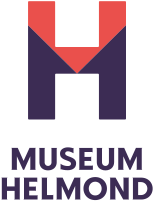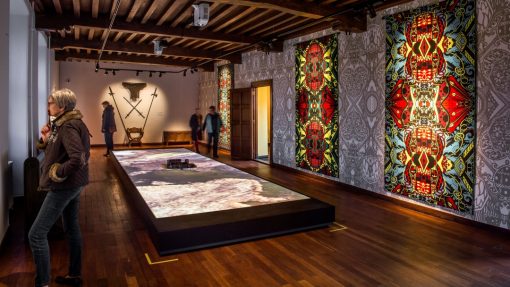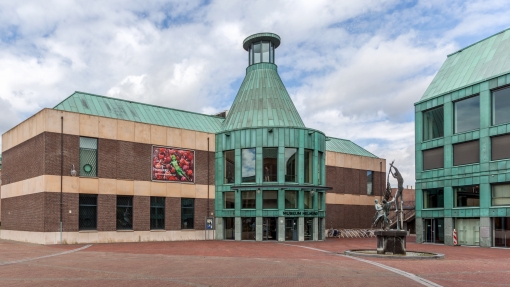
- 13 October 2019
- 16 February 2020
- Kasteel Helmond
Imaginary landscapes
Contemporary art
From 13 October 2019 until 16 February 2020 Museum Helmond will present the contemporary art exhibition Imaginary landscapes. This exhibition, in Kunsthal Helmond, is a prelude to a major retrospective exhibition (from March 2020) about the work of the sixteenth-century master of the landscape: Lucas Gassel from Helmond.
Imaginary landscapes features works by contemporary artists in which the landscape plays a leading role. The Helmond painter Lucas Gassel (c. 1490 – c. 1569) was one of the first Dutch painters to give the landscape an important place in painting, although still within the context of a mythological or religious representation.
Aesthetically pleasing and surprising
Unlike Lucas Gassel, who lived during the Renaissance, Imaginary Landscapes shows works by contemporary artists who explore the landscape or place it within a conceptual framework. In contrast to Gassel, they are no longer bound by the ‘limitation’ of having to tell a mythological or religious story. The works in the exhibition are funny, aesthetically pleasing, surprising and in some cases even sublime. Special attention is paid to landscapes containing stylistic characteristics which also can be found in Gassel’s work: the landscape is more important than the figures in it and functions as the backdrop against which the story is told. The landscapes tell a story. Lucas Gassel also is stirring up the viewer’s feelings in order to draw him or her into the depicted scene. Moreover, you can make an imaginary journey through his landscapes via roads, paths and little bridges. His work often features a combination of fantasy buildings and buildings which really exist. The idea of depth he creates is mainly atmospheric and a lot of attention is paid to elements which give ‘colour’ to the natural environment, such as buildings, plants, water, air and animals. Gassel’s landscapes can be considered to be thoroughly construed fantasy landscapes.
Melancholy and humour
The starting point of the exhibition is the painting Misery and despair (2008) by the British artist David Godbold. For his landscapes Godbold often finds his inspiration in sixteenth-century examples, such as Gassel’s contemporary, Jan van Scorel, from Utrecht. Godbold painted a small, romantic castle above a ravine. The whole thing looks graphic, ghostly and like a comic strip. In his work Godbold combines high and low culture, image and text, melancholy and humour, past and present.
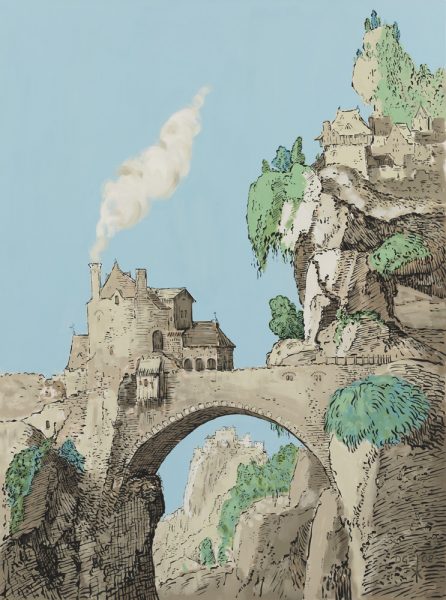
Misery and despair, David Godbold.
From collage landscapes to hypnotic animations
Notable works in the exhibition include a captivating and surprising ‘archaeological’ collage landscape by Martin Voorbij, composed of found canvases by amateur painters. Or: Julian Opie who, in a moving, hypnotic animation, shows the spectator the four parts of the day which he views from his bedroom window. And the video painting by Eelco Brand in which a car making a roaring sound navigates the winding hairpin turns on a dark mountain. Axel Hütte depicts a German romantic past which, to some extent, still exists today along the Rhine. In the case of Hütte’s photographs, however, we can ask ourselves: does this landscape really exist or is it a fantasy revealing itself before our eyes? Two Dutch photographers, Hans Aarsman and Hans van der Meer, recorded a kind of parallel reality in their photographs – around 1990 and 1995 respectively. They discovered actions and events in the landscape which are seemingly insignificant, but in fact are immensely fascinating. And in his film The Girl (2017) the Belgian artist Hans Op de Beeck is drawing our attention to a 14-year-old girl who is wandering around in a world of wonder. Silence and introspection reign in the landscapes she inhabits. She takes us to all sorts of places dominated by the elements: wind, rain, fog, cold and fire. This results in atmospheric images, in which we can daydream and ponder.
The artists in the exhibition
David Godbold, Julian Opie, Hans Op de Beeck, René Daniels, Axel Hütte, Eelco Brand, Hans van der Meer, Hans Aarsman, Gijs Frieling, Sven Kroner, Andrei Roiter, Jan Knap, Martin Voorbij, Paul de Maat/Peter Vermeulen, Tahné Kleijn, Julienne Tullemans, Bert Loerakker, and many more.
